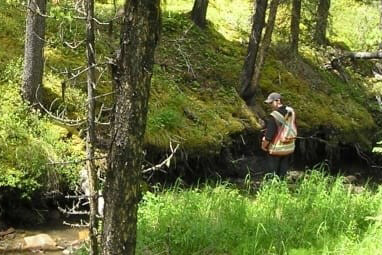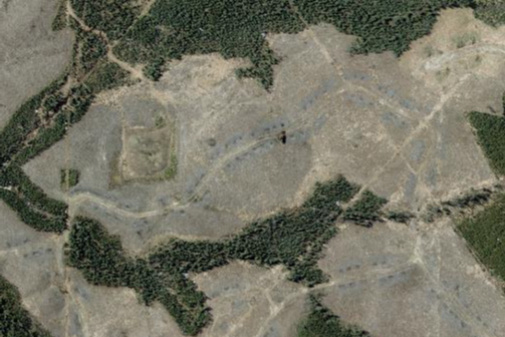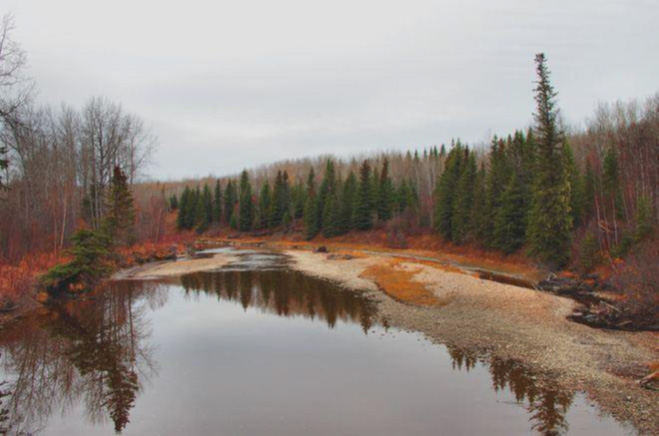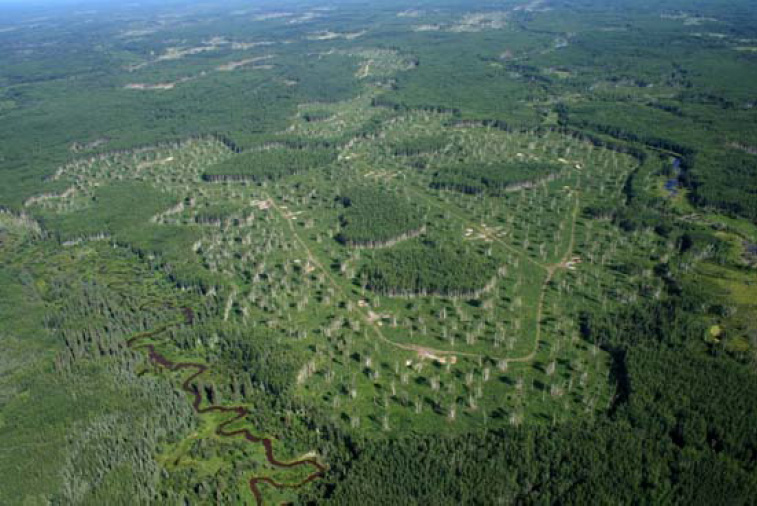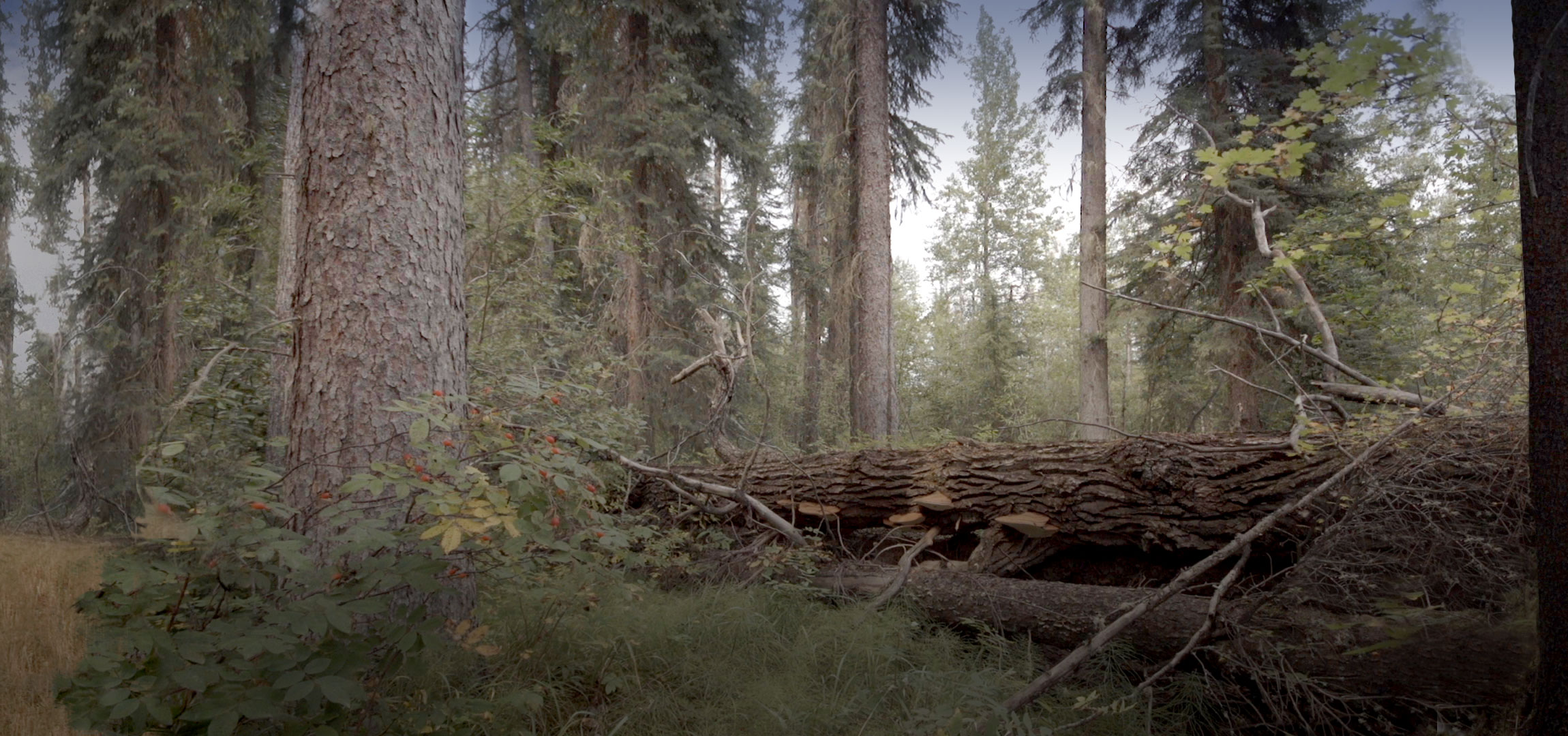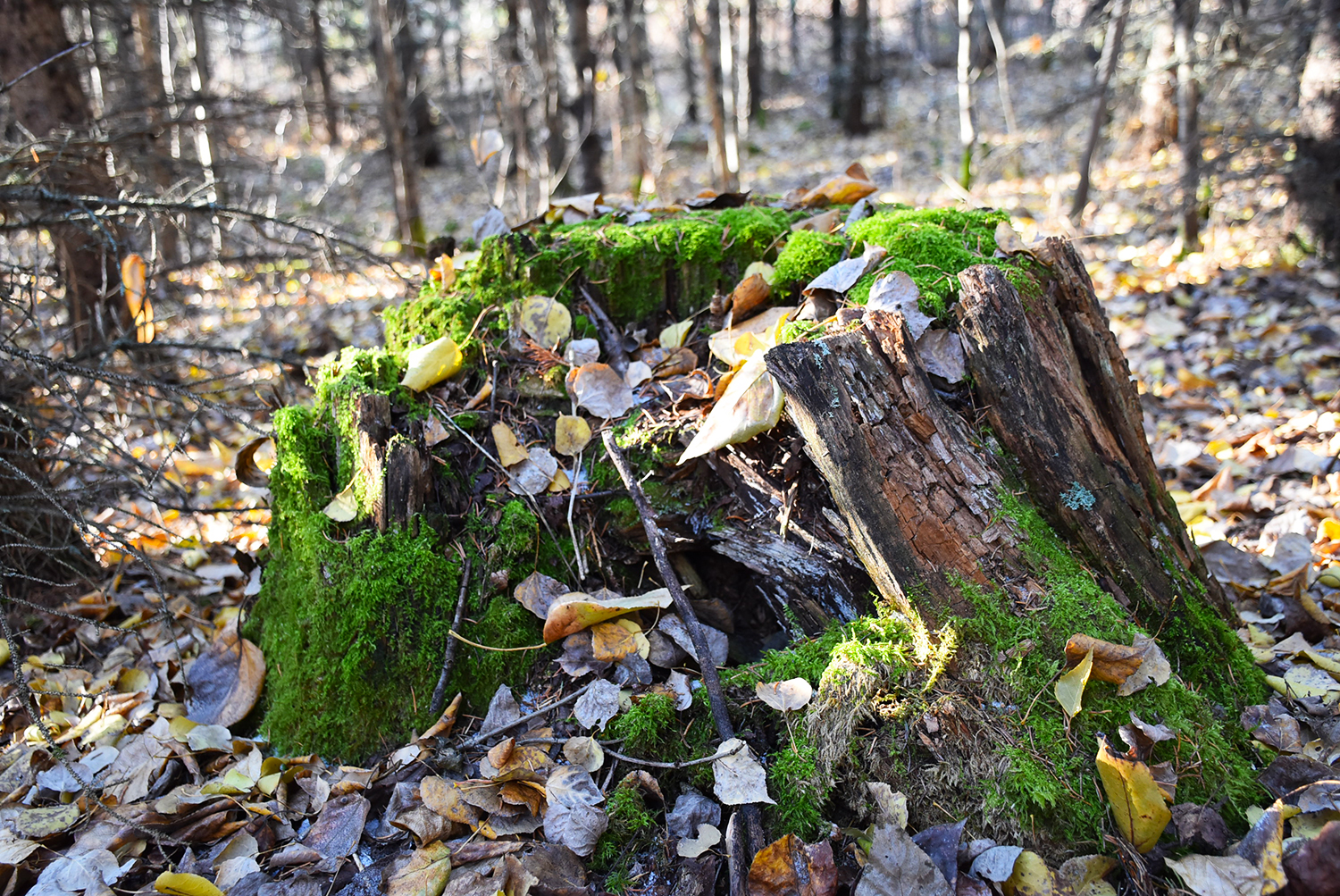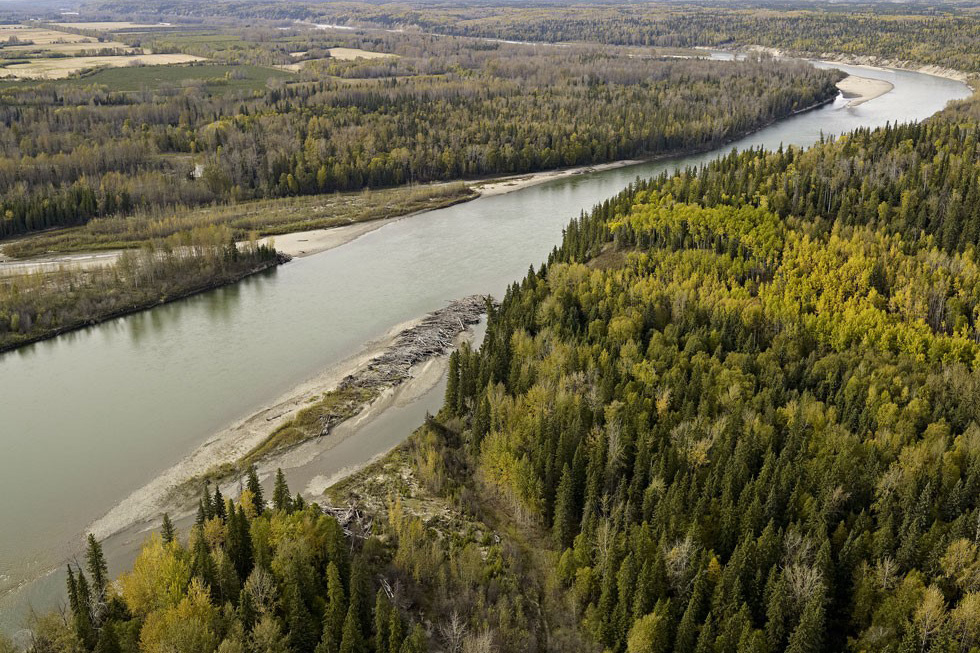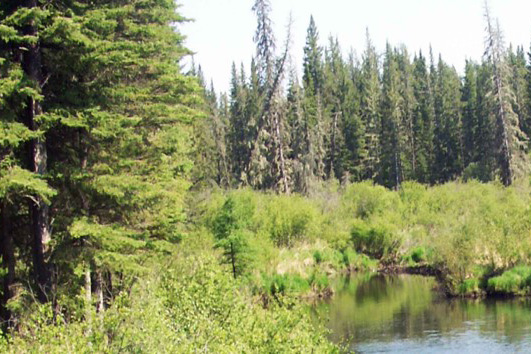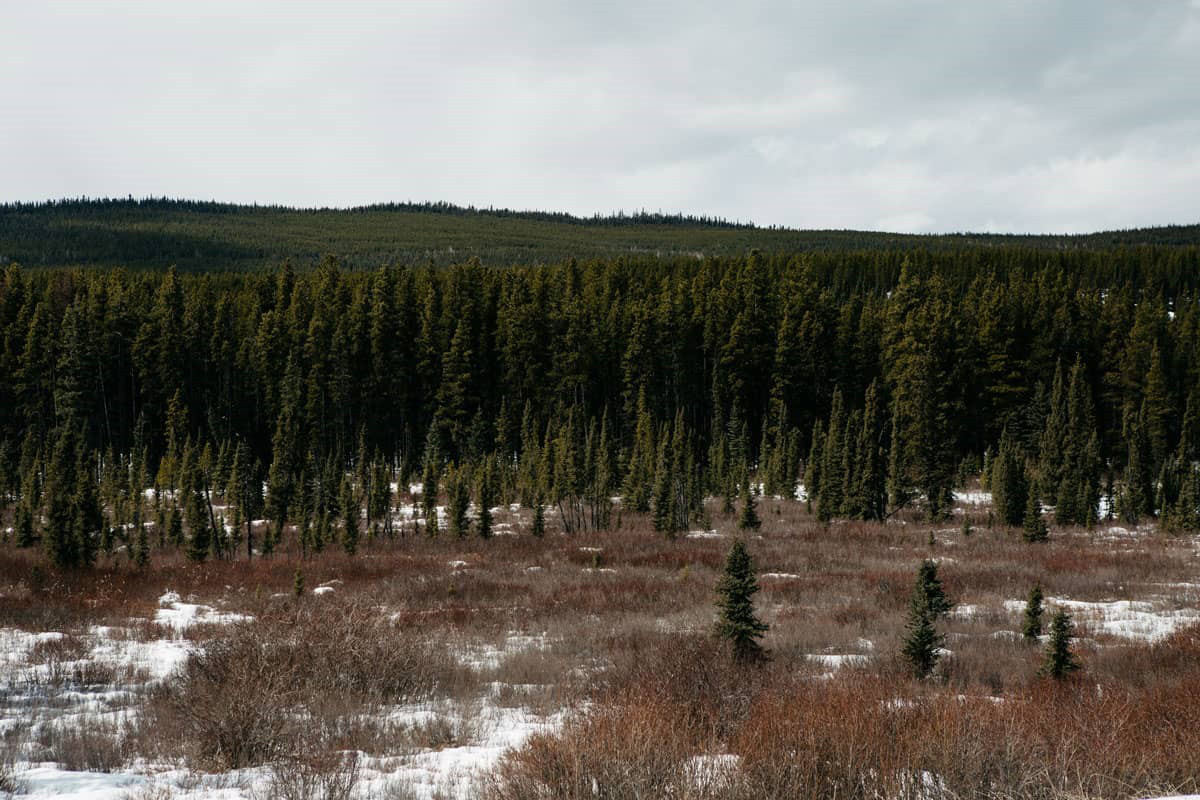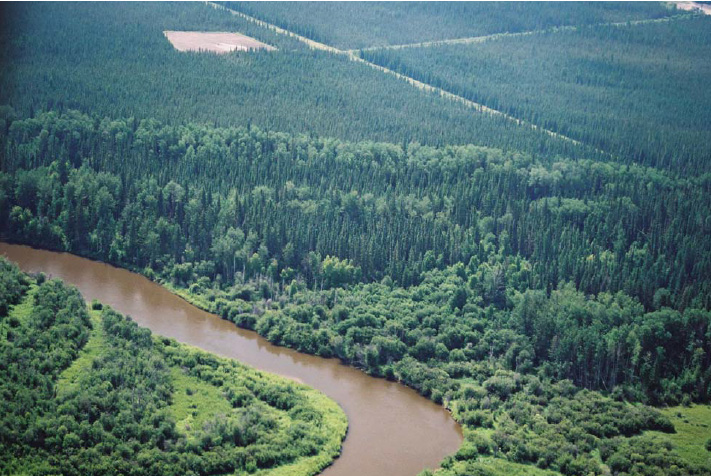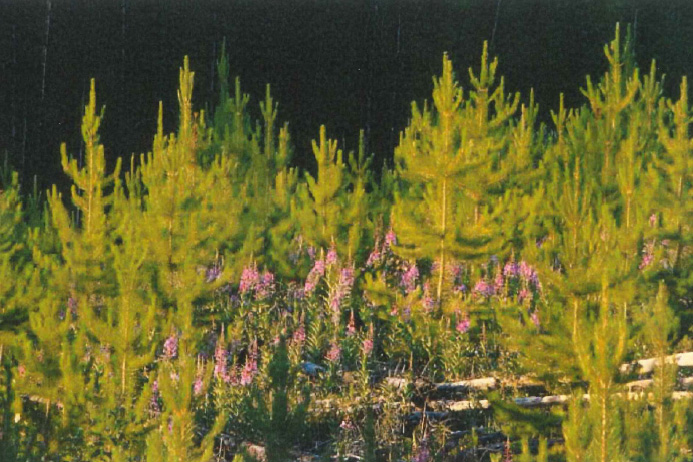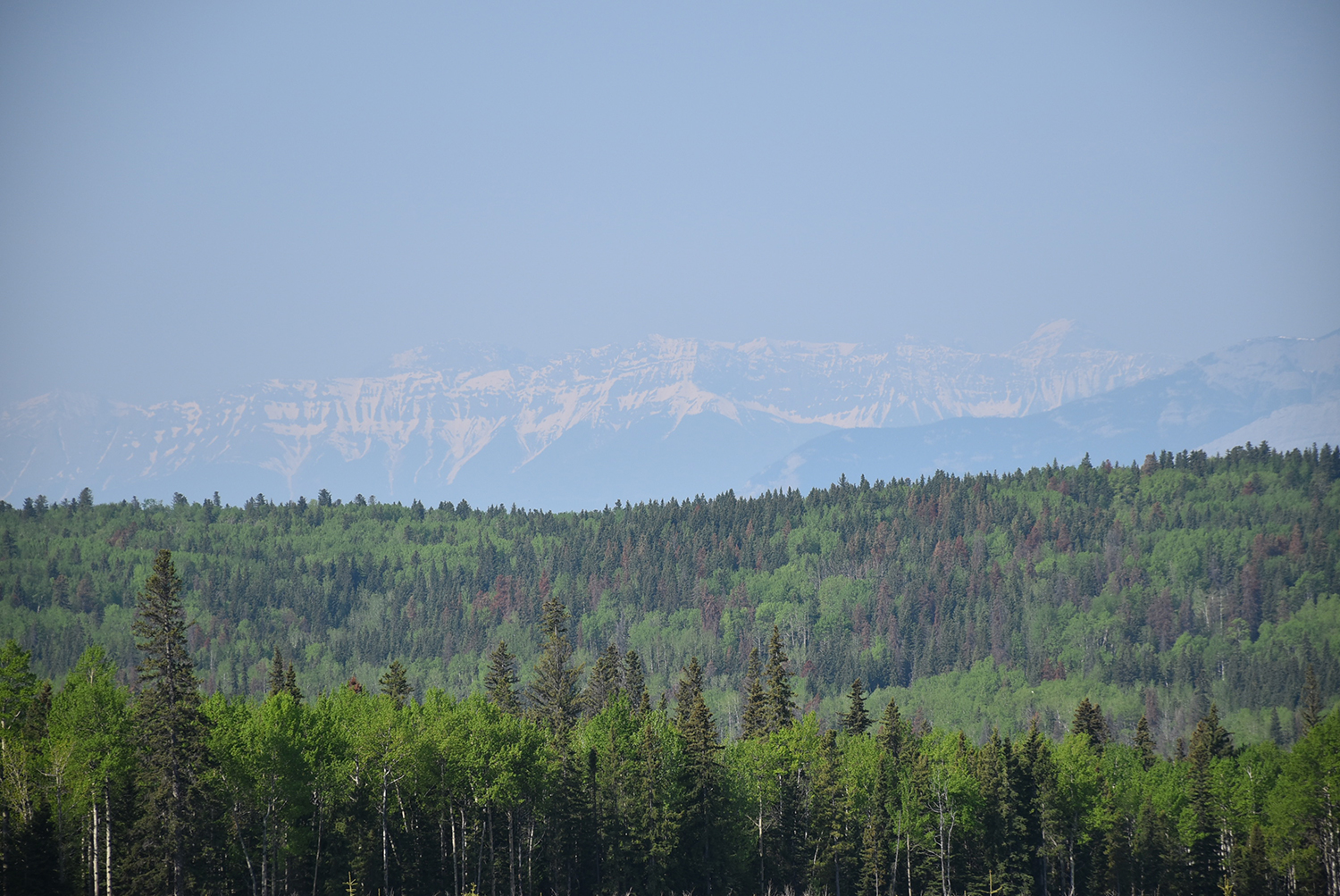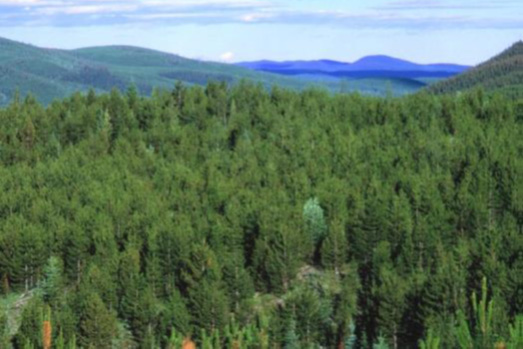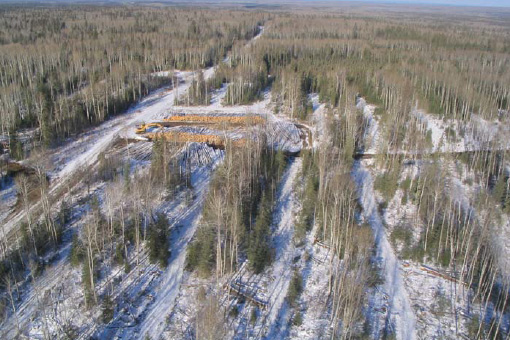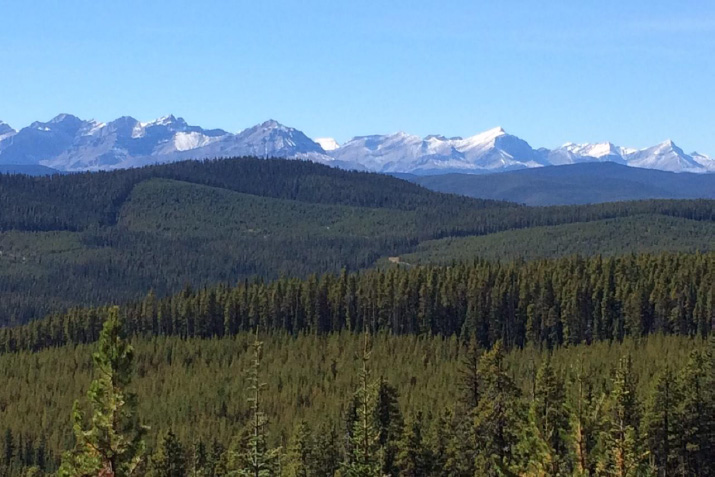This project was a spatial modelling exercise that created coarse-scale, pre-industrial landscape metrics for the Sundre FMA area in Alberta. The primary goal was to understand if, or in what ways the current conditions of the FMA area align with the historical, pre-industrial “natural” range.
The results suggest that parts of the landscape are now beyond its historical range. More specifically, the amount of mature (80–120 years) was well beyond the upper natural range of variation (NRV) threshold, and the overall amount of both young (<40 years) and old (>120 years) forest was on the lower side of NRV. Results also
suggested a lack of large and very large contiguous forest patches relative to NRV.
Although the current condition of the landscape is not of great concern, the data trends suggest that could change in the next 10–20 years under a business-as-usual policy scenario. The lack of disturbance on virtually all (active and passive) parts of the landscape means that amount of old and mature forest
(combined) will continue to grow, creating higher risk levels to fire and insect and disease outbreaks. Ironically, the only thing preventing this future scenario from playing out is if the FMA area experiences several very large wildfires in the near future.







